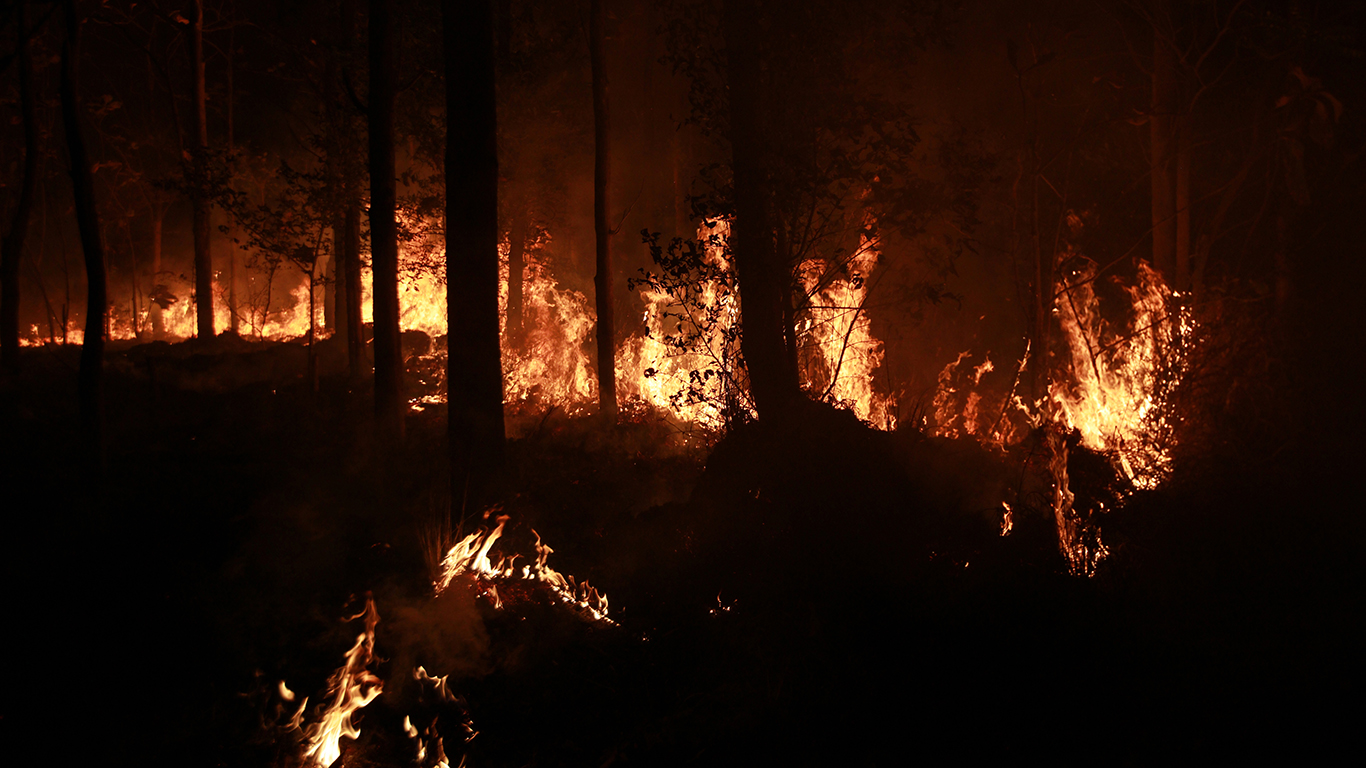Late September, the Governor’s Council for Wildfire Response released a draft report recommending methods and models to prepare Oregon for increasingly severe wildfire seasons by strengthening, improving, or replacing existing systems, and implementing key findings.
The 20 member and 20 ex-officio member council, created in late January 2019 via an executive order issued by Governor Kate Brown, was charged with reviewing Oregon’s current model for wildfire prevention, preparedness and response, and analyzing whether or not the current model is sustainable given the state’s increasing wildfire risks. The council was directed to look at an array of issues, including:
- Funding for wildfire response;
- Response to fires on protected, under-protected, and unprotected lands;
- Wildfire smoke;
- Assisting communities affected by wildfires; and
- Prevention, treatment and cost containment of wildfires.
The council also contained three subcommittees that were open to members and stakeholders. The subcommittees included:
- Mitigation, charged with developing and recommending priority fire prone areas to the state for restoration;
- Fire Suppression, charged with evaluating Oregon’s the coordinated fire response structure and protocol; and
- Adaptation and Recovery, charged with examining impacts of wildfire on public health, land use impacts on fire, and disaster response from economic and public health perspectives.
Following six months of meetings among the subcommittees and broader council, final recommendations were shared with the governor. These recommendations included greater investment in fire suppression.
Council Chair Matt Donegan was quoted in a recent OPB article estimating a need for a $4 billion investment in suppression, “it just stands to reason that in an era of climate change, in an era of fuel buildup and in an era of population growth and increased wildfire activity that we’re going to have to spend more resources suppressing fire.”
Mitigating risk in the Wildland Urban Interface (WUI) has generated some contention and concern around the potential increase in workload to county land use planners and building departments, as well as property rights concerns.
Matt Donegan will be joining Oregon Department of Forestry wildfire veteran Travis Medema and County Commissioners Mark Bennett, Tim Freeman, Court Boice, and Lily Morgan at the Association of Oregon Counties 2019 Annual Conference to further explore the topic.
For more information on the council and their work, visit the council’s website.
Contributed by: Megan Chuinard | Public Affairs Associate
